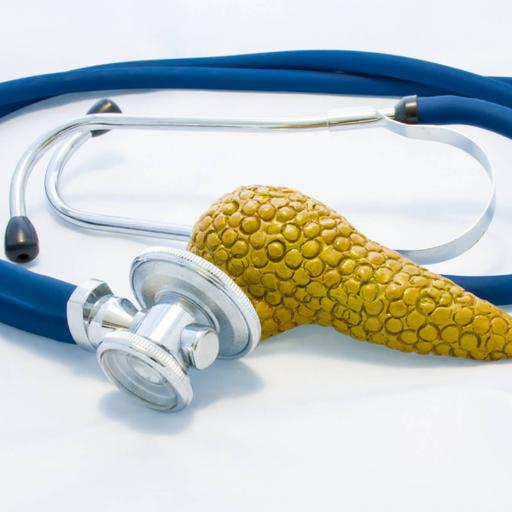Lipase Production
Presentations | English
A lipase performs essential roles in digestion, transport and processing of dietary lipids (e.g. triglycerides, fats, oils) in most, if not all, living organisms. Genes encoding lipases are even present in certain viruses. Most lipases act at a specific position on the glycerol backbone of a lipid substrate (For example, human pancreatic lipase (HPL), which is the main enzyme that breaks down dietary fats in the human digestive system, converts triglyceride substrates found in ingested oils to monoglycerides and two fatty acids. Several other types of lipase activities exist in nature, such as phospholipases and sphingomyelinases; however, these are usually treated separately from "conventional" lipases. Some lipases are expressed and secreted by pathogenic organisms during an infection. In particular, Candida albicans has many different lipases, possibly reflecting broad-lipolytic activity, which may contribute to the persistence and virulence of C. albicans in human tissue.

21.50
Lumens
PPTX (86 Slides)
Lipase Production
Presentations | English
